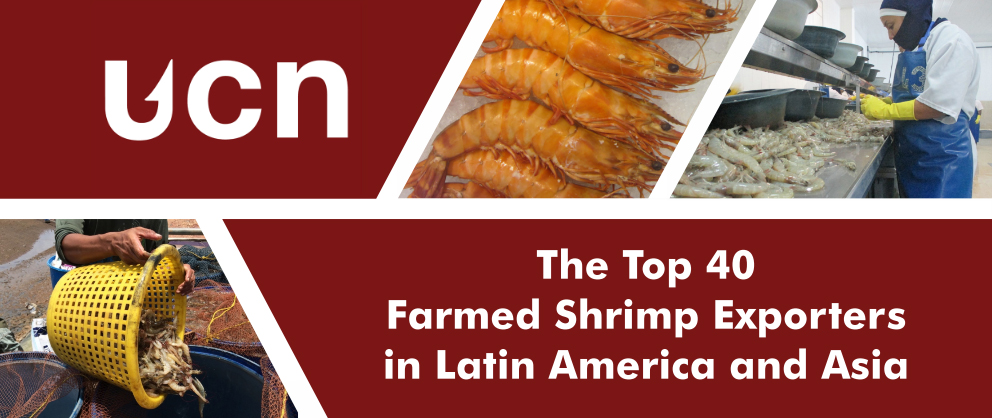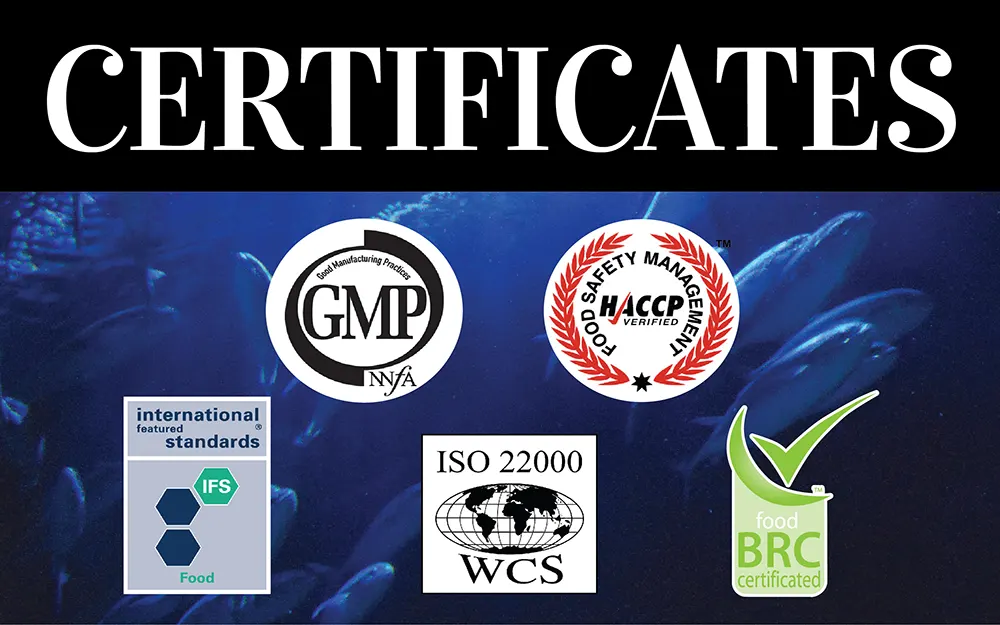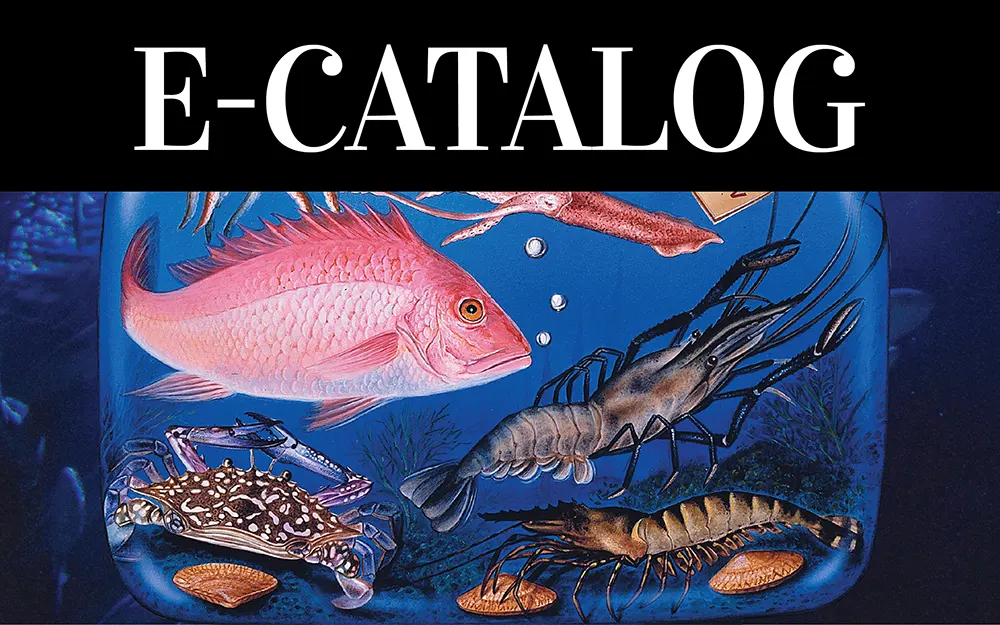Siam Canadian in The Top 40 Farmed Shrimp Exporters in Latin America and Asia 2016 Report : Undercurrent News

Siam Canadian
Country: Thailand
Based: Bangkok
Key executive: Jim Gulkin, manging director
Export volumes 2015: 28,000t
Estimated exports 2016: 29,000t

Founded in 1987 by Canadian Jim Gulkin, Siam Canadian has built itself up from a small food trader to one specializing in large volumes of frozen seafood.
The company saw the rapid growth in Thailand’s aquacultured shrimp as a tremendous opportunity, and made frozen seafood its core business, with shrimp the main focus of its successive expansion.
In 1992 Siam Canadian opened its first overseas branch in Vietnam. It continued to grow its procurement network and expand its operations by subsequently opening additional offices in China, India, Indonesia and Myanmar.
Gulkin has spoken to Undercurrent News on the importance of having both a wide supply network and customer base, and this has been evident in its expansion plans. It has added pangasius, tilapia tuna and squid, among other species, to its product range, in a bid to soften the difficulties of low shrimp raw material over the past few years, with diseases affecting many producing nations.
Siam Canadian later added an international trading division to its Bangkok headquarters to facilitate procurement of products from countries outside of Asia.
It claims the power to buy in bulk, with sales exceeding $300 million making its pricing highly competitive, it says on its website.
The firm currently maintains offices across six Asian countries, and additionally procures product
from North America, South America, Europe as well as Bangladesh, Korea and Japan. It now sells to importers in over 70 countries on six continents.
The company will also work with buyers and processors on new product development, it said.
Imports have become an increasingly important part of the business, with plans to open a Chinese import office in 2016.
“We are going to start off small and slow. We are looking at setting up a small office to manage imports and it will be ‘learn as we go’ type of thing
— we are not going to go out with any big fanfare,” said Gulkin.
In 2012 the company missed out on a $300m turnover target due in large part to shrimp raw material availability; instead hitting just above $272m. Shrimp disease was a defining feature across Asian nations in 2012, and 2013 too. However, things improved in the following years.
In August 2015 Gulkin stated he would like to see his company boost its then-$320m annual revenues to over $500m over the next five to seven years, by expanding its seafood importing and distribution businesses.
“In Thailand, we import salmon from Norway and Chile, squid from Peru, dessert products from Europe—and I think that is going to be a way forward for our other offices as well,” he said.
The firm has, in the past, considered Latin America as a potential region which would be interesting for the business. As of March 2016 though it has not got as far as making any plans for an office there, said Gulkin.The business will initially focus on frozen seafood items for the domestic market, but will eventually expand to other food items as well.
“It is still something on our radar, but not imminent. Our sales to Latin America continue to grow, and our imports into Asia from that region – shrimp, squid, salmon – are also growing.”
At the same time, the company is still working on imports to Thailand, which is growing “bit-by-bit”, he said. “It is a tough market, it is very competitive.”
Selling shrimp to processors in China and Vietnam has become major business for Siam’s India office, and shipments from its Indonesia office to China and Vietnam are expanding as well.
The Thailand import business is growing, albeit slowly, he said. The company is taking it step-by-step, and will continue to expand its product range.
“Thailand seems to have made the most progress of all Asian countries in terms of recovery from EMS [early mortality syndrome], as well as overall disease control and management covering EMS,
EHP [enterocytozoon hepatopenaei], white spot and other diseases. Necessity is the mother of invention, and Thailand has made great strides.”
In August 2015 Gulkin said he would like to see his company boost its 2014 $320 million annual revenue to over $500m over the next five to seven years, largely by expanding its seafood importing and distribution businesses.
“Due to considerably lower shrimp (and other seafood) prices, our turnover for 2015 was lower than
2014,” he told Undercurrent in March 2016.
“We finished off 2015 at approximately $280m. However, our volume was in fact up by 5% and our net profits up by 7%, so all in all we did better than 2014.”
It was too early to make a prediction for 2016, given there “are always too many variables in this business”, but he expects turnover to once again surpass $300m for 2016, he said.
In 2016 the weakness in exchange rates, and economies in other key shrimp markets, mean US buyers should be in a strong position.
“Supply is usually short and prices high, at this time [of year],” Jim Gulkin, the founder and CEO of Siam Canadian Group, told Undercurrent in March 2016. “This year, I see that is less the case. The US market is on the quiet side, a little soft. I guess it is well stocked. There is not a lot of interest in buying, which is what is bringing Indian prices down.”
“This [prices dropping in India] seems to be due to a lack of business, as much as anything else,” he said. “There are too many suitors. The US market is the prettiest girl at the dance this year.”
With the dollar and economy strong, US buyers have a double benefit.
“You look at Canada, the economy is not doing well and the currency has tanked,” he said. The same is also true, to varying degrees, of Australia, the European Union, Mexico and also China.” “In China, the currency is not an issue, but the economy is not where it used to be,” said Gulkin. “There are a lot fewer markets that can take the volumes.”
The strong position of the US buyers means there could be softness in the overall market, with “too many people knocking on the door”, said Gulkin. The main US buy starts in May-June. “We will likely see a bounce when buying starts. This will push up prices and they will likely hold steady through Q2 and Q3,” he said.



